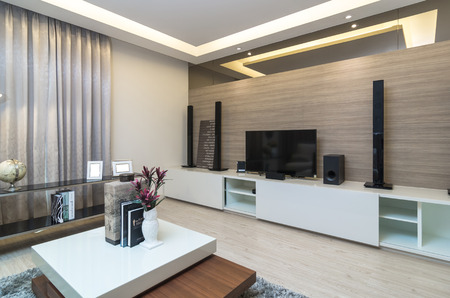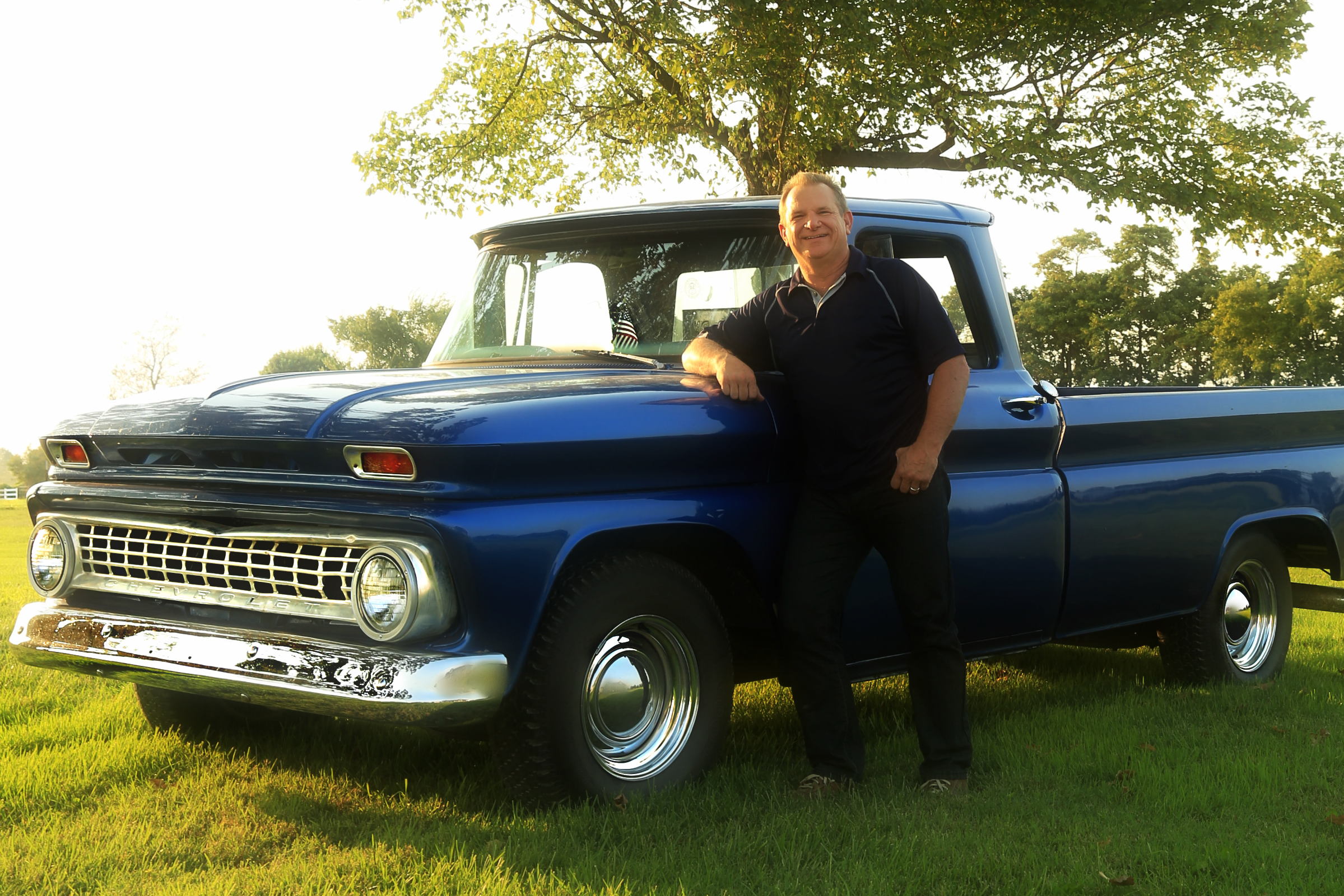How To Choose An Air Cleaning Device
Air Cleaning:
Air cleaning may serve as an adjunct to source
control and ventilation. However, the use of air cleaning
devices alone cannot assure adequate air quality,
particularly where significant sources are present and
ventilation is inadequate. Air cleaners are usually
classified by the method employed for removing particles
of various sizes from the air.
Types Of Air Cleaners:
There are three general types of air cleaners on the
market: mechanical filters, electronic air cleaners, and
ion generators. Air cleaners may be in-duct units
(installed in the central heating and/or air-conditioning
system) or stand-alone portable units.
The effectiveness of air cleaners in removing pollutants
from the air is a function of both the efficiency of the
device itself and the amount of air handled by the
device. A product of these two factors (for a given
pollutant) is expressed as the units clean air delivery rate
(CADR).
Choosing An Air Cleaner:
Things to consider when choosing an air cleaner:
- The potential effectiveness of the device under the conditions it will be used;.
- The need for routine maintenance, including cleaning and replacing filters.
- The estimated capitol and maintenance cost.
- The installation requirements ( e.g. power, access).
- The manufacturers’ recommended operating procedures.
- The possible production or re-dispersal of pollutants, such as ozone, particles, formaldehyde and trapped gaseous pollutants.
- The inability of some air cleaners to control gases and some odors, such as those from tobacco smoke.
- Possible health effects from charged particles produced by ion generators.
- Possible soiling of surfaces by charged particles produced by ion generators.
- The noise level at the air flow rates that will be used.






Leave a Reply
Want to join the discussion?Feel free to contribute!